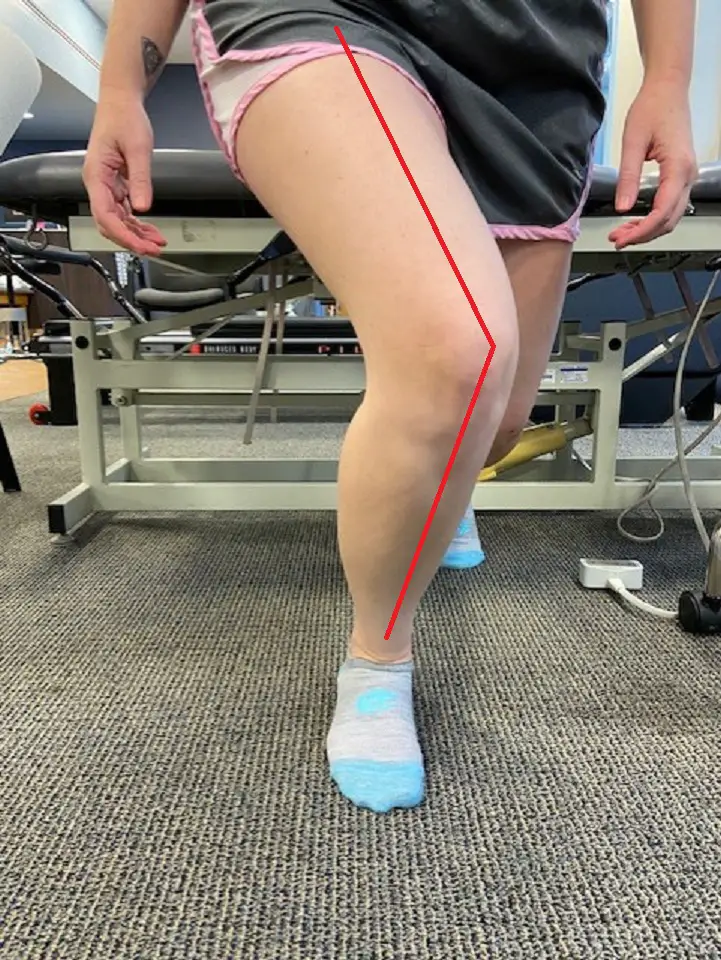

A child with a more significant difference, however, may benefit from surgery to make his or her legs the same length. In many cases, a minor difference in leg length can be evened out by wearing a lift in one shoe. Treatment for a discrepancy depends upon the severity. Bone-shortening surgeries do exist, but it’s extremely rare for them to be performed for the sole intention of making you shorter. The long bones that make up your arms and legs stay relatively the same length your entire life. There’s no feasible way to make yourself shorter intentionally. Instead, these surgeries are more commonly performed to eliminate leg length difference or correct bones that are unevenly long. A bone-shortening surgery may reduce your height, but they’re rarely done for this purpose. There’s no such procedure as a height reduction surgery.

Painful or causing significant gait problems. We suggest seeing a doctor about your child’s knock knees, if they are: Severe or getting worse over time. When should I be worried about knock knees? Good candidates have pain on only one side of the knee, and no pain under the kneecap. Knee osteotomy is most effective for thin, active patients who are 40 to 60 years old. They are usually done to correct a knock– kneed alignment. Osteotomies of the thighbone (femur) are done using the same technique. Some people are a little taller after knee replacements, yes. Do you get taller after knock knee surgery? One condition that may cause a decrease in height is knock– knees, also known as valgus knees. In adults, knock knees do not resolve spontaneously, but rather tend to worsen as arthritis leads to further malalignment. Many toddlers have knock knees that will correct on their own during their elementary school years if they do not, surgical correction may be deemed necessary. Can knock knees be corrected without surgery? Whereas many otherwise healthy children have knock– knee deformity as a passing trait, some individuals retain or develop this deformity as a result of hereditary (see the image below) or genetic disorders or metabolic bone disease. Genu valgum is the Latin-derived term used to describe knock– knee deformity. The legs will usually gradually straighten as the child grows, although mild knock knees can last into adulthood. Knock knees are fairly common in healthy children under the ages of 6 or 7, and are just a normal part of growth and development. If any of these muscles are weak or overly tight, you may experience uncomfortable knock knees. Your hip muscles, ankles, hamstrings, and quadriceps muscles are critical for supporting your knees. However, in some cases it is caused by a muscular imbalance. Genu valgum in adults is generally nothing to worry about. What exercises get rid of knock knees? What muscles are weak in knock knees? A common running biomechanical flaw is excessive hip adduction (HADD) or “ knock– kneed” posture. Is running bad for knock knees?Ībnormal hip and knee postures during running are associated with multiple running injuries. Around 10-11 years, they take the final position that will persists in adulthood. This process continues up to 5 years, when the knees tend to realign. How can I fix knock knees at home? How long does it take to correct knock knees?Īround 18-20 months the knees often become knocked. Individuals with severe valgus deformities are typically unable to touch their feet together while simultaneously straightening the legs. Genu valgum, commonly called “ knock– knee“, is a condition in which the knees angle in and touch each other when the legs are straightened. Adults can benefit from osteotomy surgery on the knee to obtain a correction. Children can take advantage of their remaining growth to guide the bones straighter with minor surgery. The surgical technique used may vary depending on age. Yes, there is no age limit for corrective surgery for knock knees. Specific stretches may also be useful in relieving symptoms. Your doctor or physical therapist can evaluate your gait and suggest exercises designed to strengthen your leg, hip, and thigh muscles. Can knock knees be corrected with exercises?įor most people with genu valgum, exercise can help realign and stabilize their knees.


 0 kommentar(er)
0 kommentar(er)
